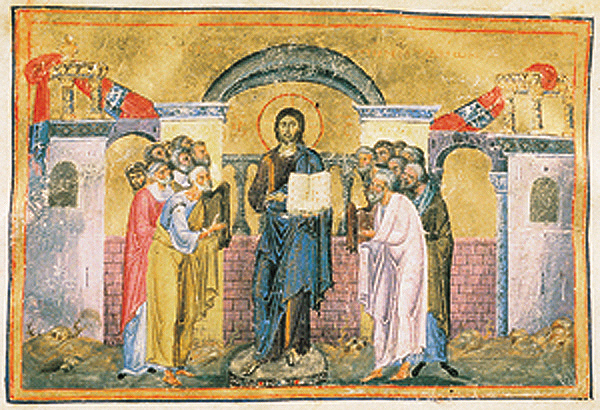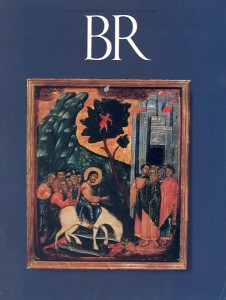
The quest for the historical Jesus began as a protest against traditional Christian dogma. But when the supposedly “neutral” historians peered into the well, all they saw was a featureless Jesus. Even when these scholars decided that everybody else—John the Baptist, the evangelists, Paul, the Q peoplea and so on—was at home in a richly storied and symbolic world, Jesus himself was not allowed to act symbolically, to criticize his contemporaries, to think theologically, to reflect on his own vocation or to evoke any of the various meta-narratives with which his Jewish world was replete. At this point, objectivist historiography begins to eat its own tail; and it has now decided that it doesn’t like the taste. Hardly surprising.
So why discuss the historical Jesus and Christian theology? Because I take the challenge of Hermann Samuel Reimarus seriously. Reimarus’s On the Intention of Jesus and His Teaching (1778) was perhaps the first modern work to challenge us to look for the historical Jesus. His platform: Investigate Jesus, and see whether Christianity is not based on a mistake. But we also need to take Albert Schweitzer’s challenge seriously: Put Jesus within apocalyptic Judaism, and watch bland unthinking dogma shiver in its shoes.
Already a library member? Log in here.
Institution user? Log in with your IP address.

